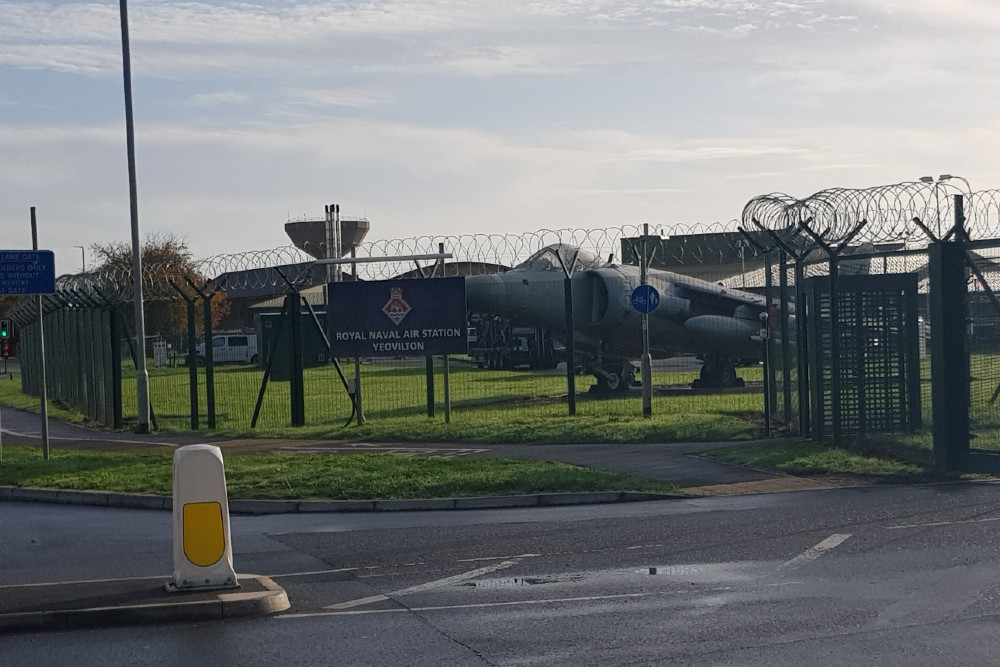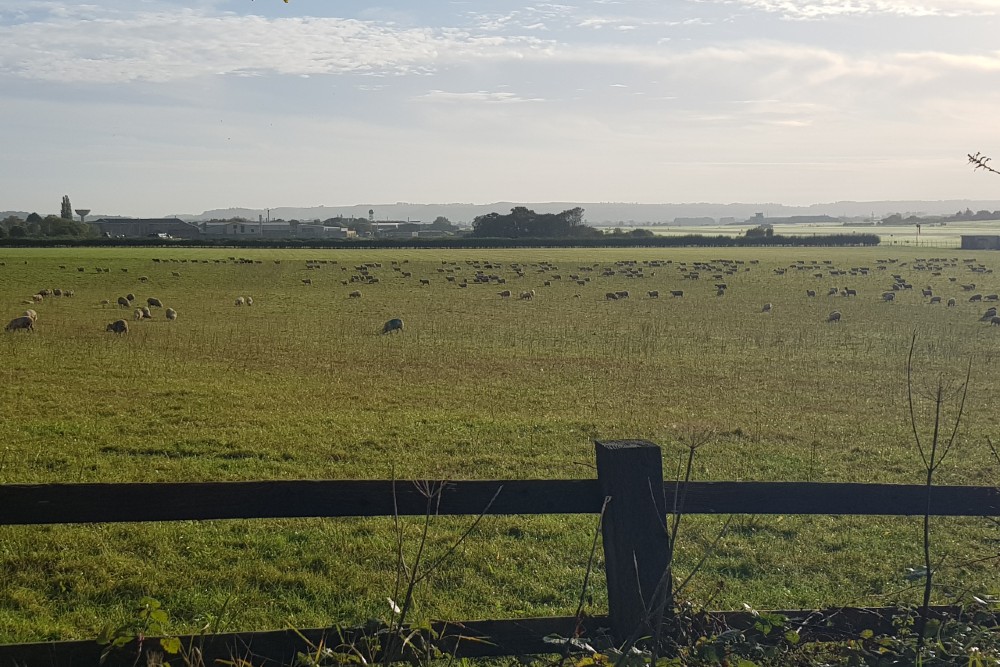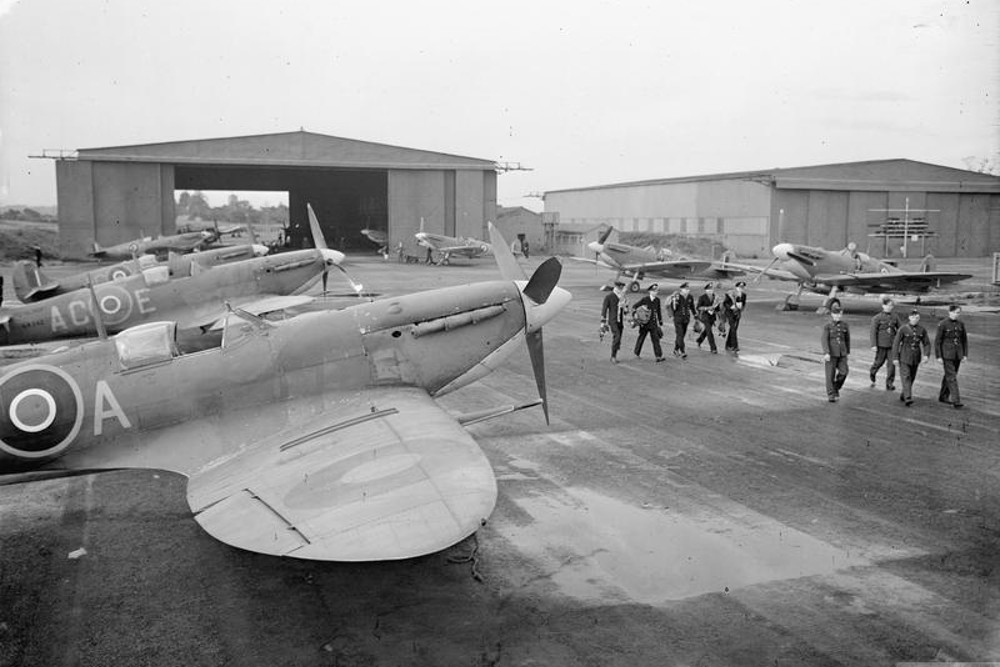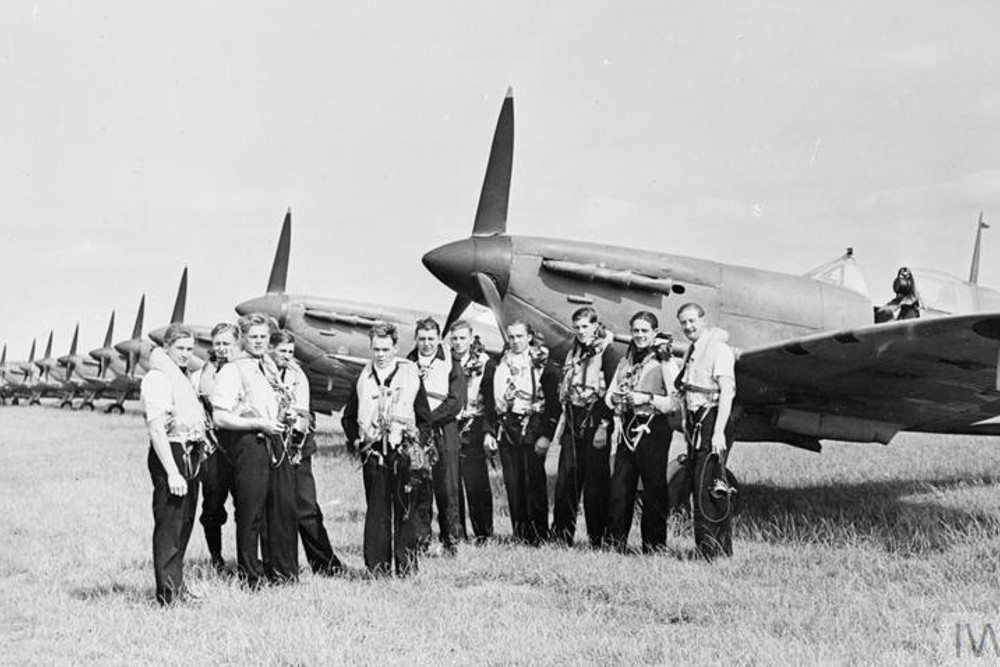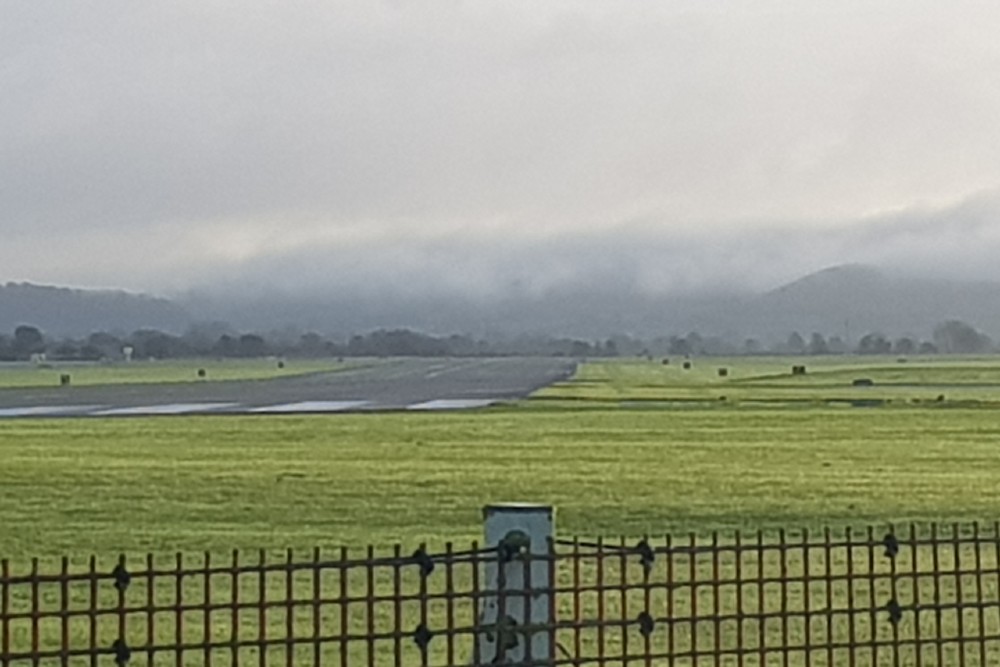Royal Naval Air Station Yeovilton
Work began on the Naval Air Station at Yeovilton in 1939 after its potential as a landing site was spotted by the chief test pilot of Westland Aircraft factory in Yeovil. The Church of England initially refused to sell the site but it was commandeered by the Admiralty. The Air Station served throughout the war, being bombed on several occasions. Since the end of WWII it has been one of the major military airfields in the UK, but is now one of only two remaining Naval Air Stations (RNAS Culdrose being the other) from over 100 worldwide at the end of WWII. Initially there were concerns over the marshiness of the ground and indeed after 80 years the area is still prone to flooding. On the day these pictures were taken I watched a Commonwealth War Graves Commission maintenance van attempt to pass to the south of the airstation to visit St Bartholomew Church and have to turn round because the road was flooded.
Air stations were named after the nearest town or village but were also given a 'His/Her Majesties Ship' name as a 'Stone Frigate', normally a bird, Yeoviltons being HMS Heron.
Aircraft from Yeovilton have served in every British armed conflict since WWII and many NATO and International Coalition actions as well as Peacekeeping and Disaster relief operations throughout the world.
Do you have more information about this location? Inform us!
Source
- Text: Sharky Ward
- Photos: Anthony (Sharky) Ward (1, 2, 5), IWM Non Commercial Licence (3), IWM Non Commercial Licence (4)
Nearby
Museum
Point of interest
Monument
- Remembrance Trees H.M.S. Heron - Yeovilton
- Memorial H.M.S. Theseus - Yeovilton
- Memorial Fleet Air Arm of the Royal Navy - Yeovilton
Cemetery
- Commonwealth War Graves St. Bartholomew Churchyard - Yeovilton
- Dutch War Graves Yeovilton Churchyard R.N.A.S. Extension - Yeovilton
- Commonwealth War Graves Yeovilton Churchyard R.N.A.S. Extension - Yeovilton
